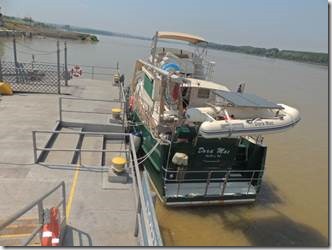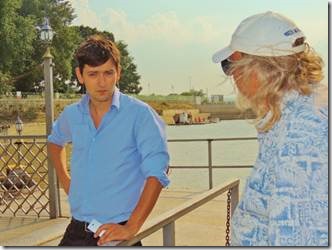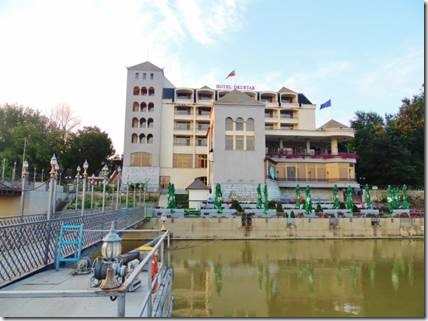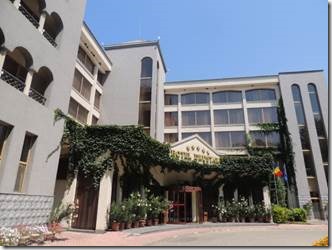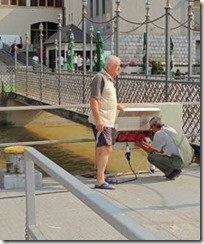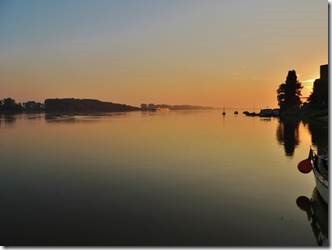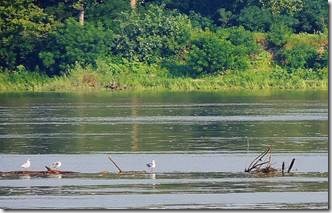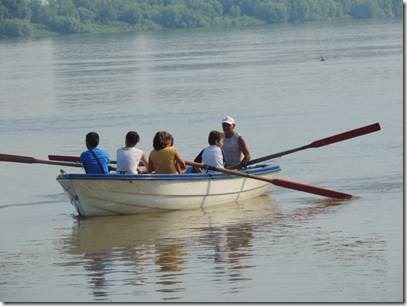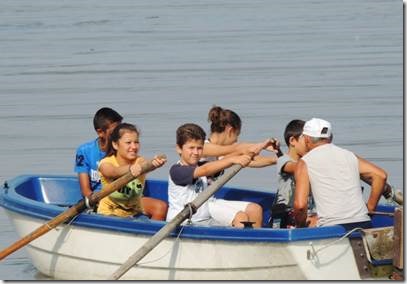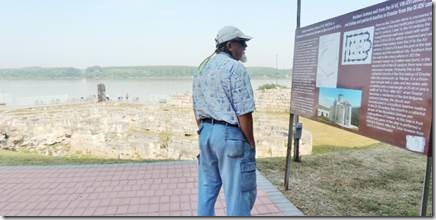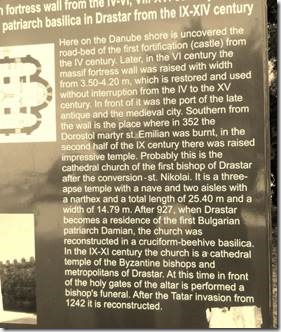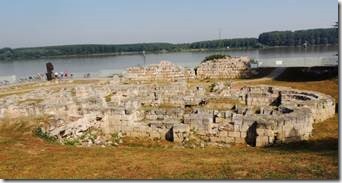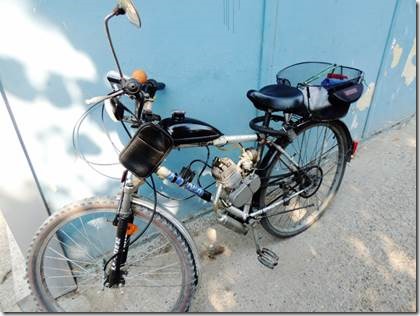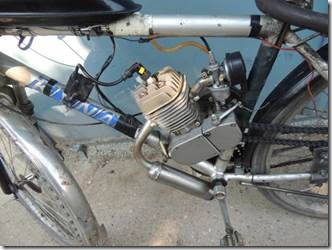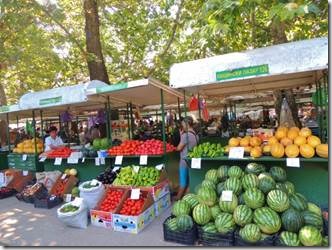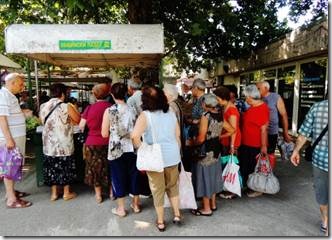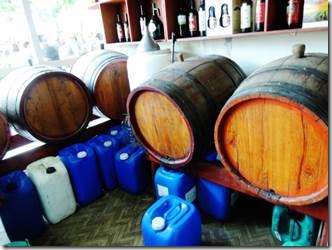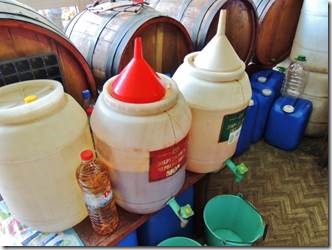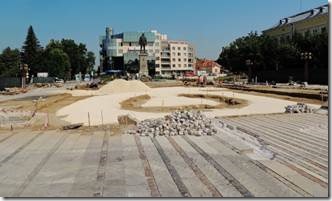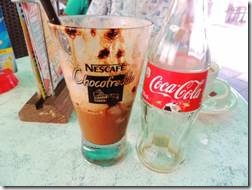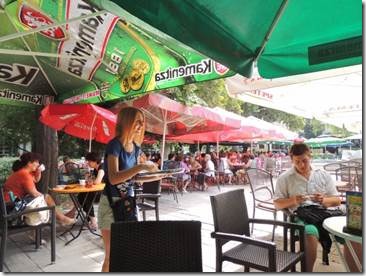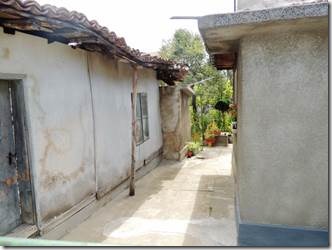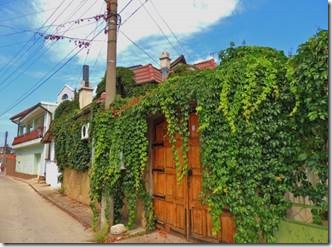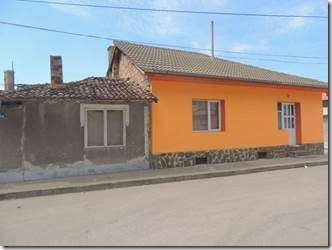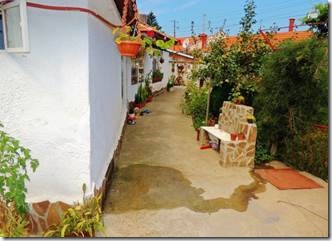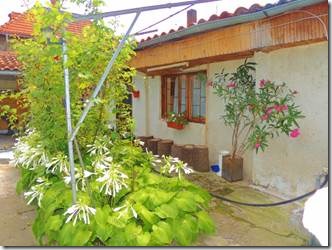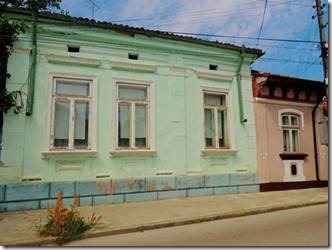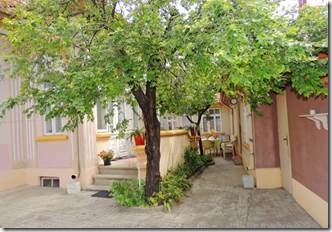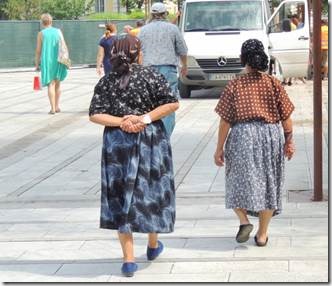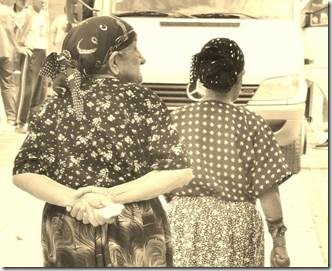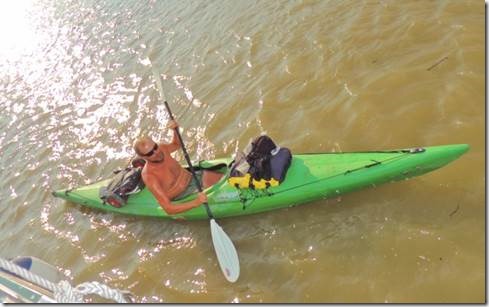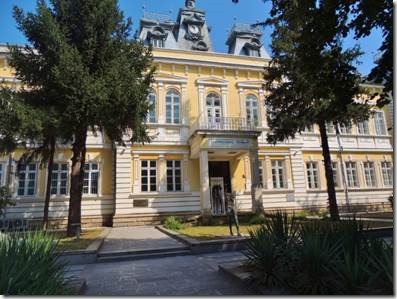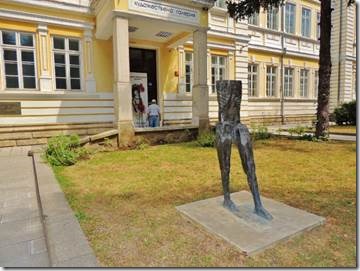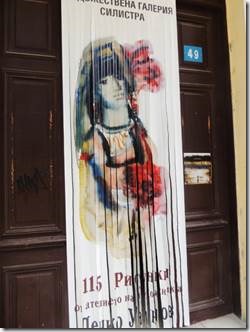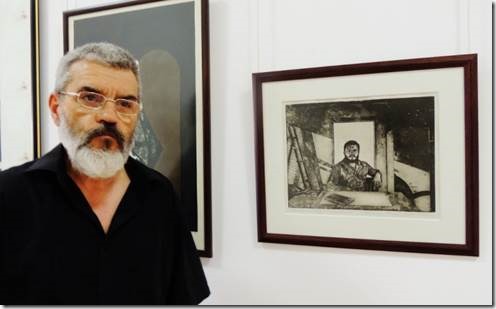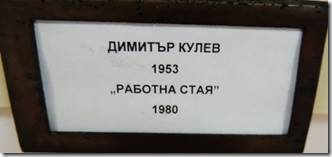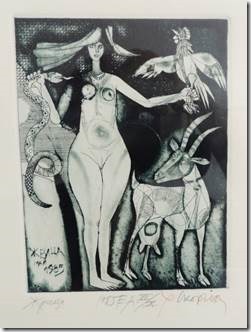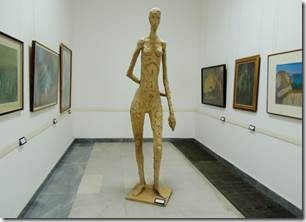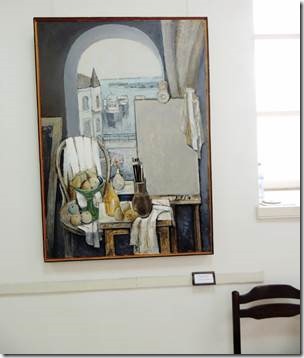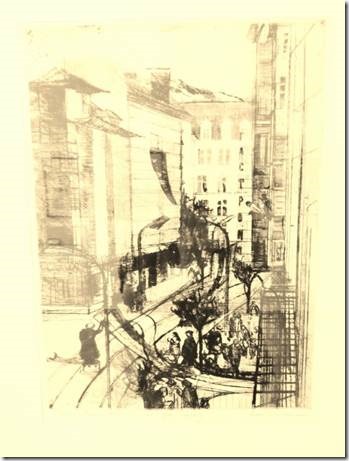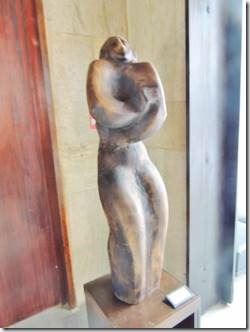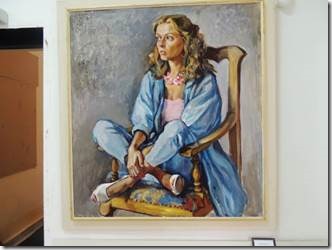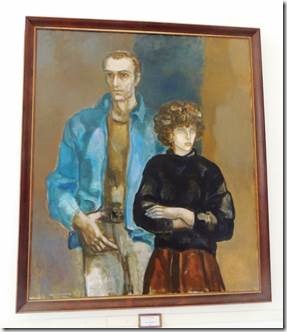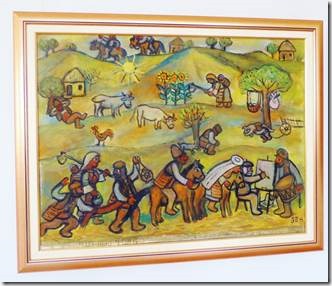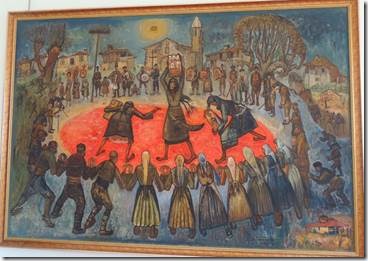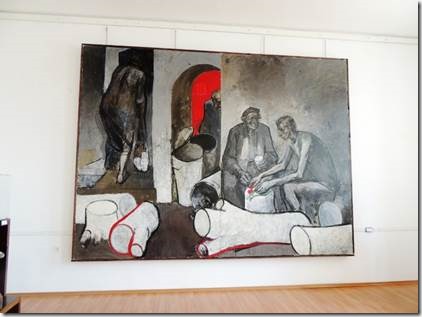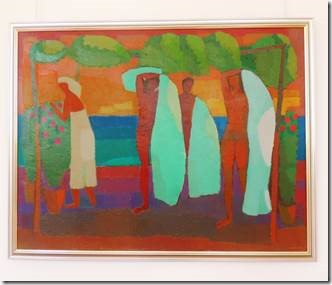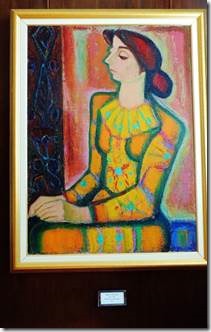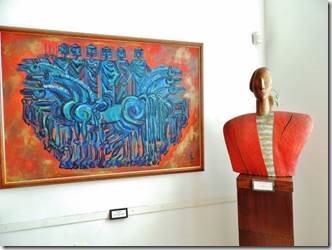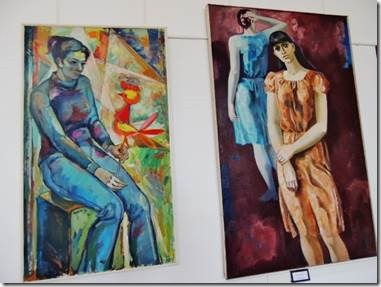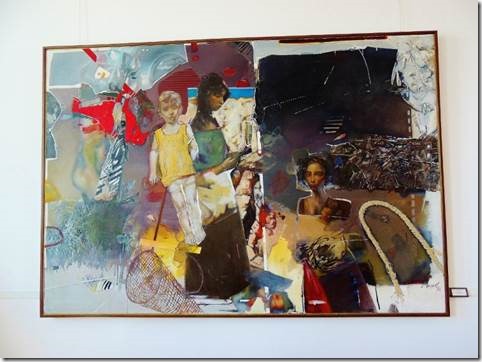Port Tomis, Constanta Romania
Salut
It poured down rain last night! Lots of lightning. The thunder was not so noticeable. Actually it was a welcome relief from the awful rap/rock that was being boomed out not far from the marina. The forecast is for more rain and thunder today, though just now there’s blue sky and the sun is out. It is a perfect 78 degrees after what’s been more like 87 degrees for a while. Most stops haven’t enough power for our AC so it’s been lots of fans and afternoon siestas. Dinner is later in the evening when it’s cooler, if we even feel like it at all.
There’s boat work to do in preparation for the passage to Varna and on to Istanbul so we’ll be here for several days. But it’s a good place to be. Very walkable and charming.
This email is about Silistra. I loved the art museum there and our walks around town We didn’t look for any of the ancient ruins, but rather just spent our time in the local neighborhoods seeing what life is like today.
Ru
“Silistra (Bulgarian: Силистра, pronounced [siˈlistrɐ]) is a port city in the far northeast of Bulgaria, lying on the southern bank of the lower Danube at the country’s border with Romania. Silistra is the administrative centre of the Silistra Province and one of the important cities of the historical region of Southern Dobrudzha.
Silistra is a major cultural, industrial, transportation, and educational center of northeastern Bulgaria. There are many historical landmarks including a Roman tomb, remains of the Medieval fortress, an Ottoman fort, and an art gallery.” Wikipedia
“Location: Silistra is a town situated on the right bank of the Danube River, 442 km northeast of Sofia. The land border between Bulgaria and Romania starts from Silistra. This is a city with rich history and today is a regional centre.
History: The region around Silistra was inhabited centuries before Christ, but the first written sources are from the Roman chronicle from 106 year, that mentions the name Durrostorum- “fortified town”. The rest decades of Roman inhabitance continue strengthening, and the town grows and gets attractive. The fortified system, the water conduct system and draining system, street net, villas, Roman buildings, residencies, baths, ovens and cemeteries. After the end of the Roman Empire the town falls under Byzantium rule. After the establishment of Bulgaria 681, the town is in the borders of the country and is called Drustar. In 1388 it was conquered by the Ottomans. This does not affect the ethnical population of the city and its inhabitants are mainly Bulgarians. During the 15th century it bears the name Silistra and develops as a boat construction centre in the Ottoman Empire.
After the liberation the bourgeois class forms in the town. From 1913 to 1940 it was part of Romania, and then it was returned back to the territories of Bulgaria forever.
Sightseeing: The very well preserved Roman tomb from the 4th century is of great cultural- historical significance. Parts of the ancient Roman wall were discovered in different parts of the town. The very well preserved Medjidi Tabiya fortress, completed in 1853 is extremely interesting. The historical and ethnographic museum in the town gives detailed information for the history and lifestyle in Silistra. The Thracian rock cult complex called “Badjaliyata” and is in the picturesque canyon.
A visit in the biosphere reserve “Srebarna” just 16 km from Silistra is unforgettable experience. The nature here is unique and the reserve is listed in the UNESCO list. Boat trips along the Danube river and other attractions along the float of the big river.
The hotels and restaurants in Silistra are countless and open to welcome guest. You should not miss to try the local delicious cuisines and wines from the region.”
http://www.visitbulgaria.net/en/silistra/silistra.html
|
DoraMac at the dock of the Hotel Drustar The hotel manager had come to catch our lines and help get the power supply working. He also talked with us a bit about life in Silistra and Romania in general. The end of Soviet “planned economy” and the advent of democracy had given many people his age the option to leave to find better jobs in other countries. |
|
“On the beautiful riverside of the River Danube, right next to the unique archeological complex next to the first Danube park in Europe where is situated a luxurius five-star hotel, named after the ancient name of Silistra "Drustar" /everlasting castle/. The hotel has a sense of the ancient culture together with a touch of a romance which is carried along Danube. It amazes the eye with ist unique infrastucture and its exellent style. Hotel Drustar is awarded the Gold Authentic Bulgaria Quality mark and a Rose of Distinction in Ambience. Hotel Drustar is situated on the river Danube, in the beautiful city park. The location of the hotel is in the best location, close to all financial institutions and cultural sites. The city Silistra is 120 km from Bucharest and 150 km to Varna, which makes the location a convenient top spot.” http://www.hoteldrustar.com/?lang=eng |
|
Getting the power supply to work. Every place we stop is different from every other place we stop. Thankfully most of them can provide power and water. This is the first trip we’ve ever made where you can’t absolutely plan your next stop and where power and water aren’t always available. A few times we had to postpone doing laundry and in Ruse actually used the Yacht Club washing machine and shower. As Mary keeps sayin, we were really lucky that by the end of the day we found a yacht club with space for a boat our size. The further east, the more we had to anchor or tie up to restaurant barges, but that was okay too. |
|
Sunrise looking further down river |
|
Seagulls rafting downriver on a log |
|
This reminded me of my Outward Bound days though our boat was 30 feet long and had two masts. But we had to use these huge oars too. Notice the kids on the left are in sync but not the 2 on the right. Now they have it. They are rowing against the current going up river. |
|
Just down the Danube river park near the Drustar Hotel From the second half of the iX Century. You can see shape of the 3 apse “temple” as it is called here. |
|
Our North Cyprus friend Kalle had made himself an electric motorized bicycle so we thought he’d like to see this gasoline motorized version parked just near the outdoor market. Both versions can be pedaled as well. |
|
The central outdoor market This lady’s stall had the longest line in the market. We weren’t sure what was so special but they all knew. One thing we couldn’t find anywhere were raisins. |
|
A shop selling wine from barrels Red and white In Sicily we’d gone to shop like this intending to buy some wine but didn’t find one we liked so didn’t want to chance that again here. I would have felt awkward saying, “sorry, we don’t like any of your wine.” Looks like you could buy olive oil too, but we really didn’t need any. |
|
Renovation and archeological excavations were in progress around the center of town. |
|
The oddest “iced coffee” so far. Coca Cola with frozen coffee crystals and ice is my guess. Funny enough we met a Dutch couple who had also been in Silistra and gotten the same Iced coffee and also left most of it on the table. Randal drank the remaining Coke that was served with the coffee. I guess you were supposed to drink some and then add more of the Cola. This is where Randal had ordered cappuccino but had gotten instant hot chocolate. He drank the Cola and I drank some of his hot chocolate. At least it was a nice shady spot and good for a rest. After our “refreshments” we continued exploring the city. I found the neighborhood picturesque. Randal, not so much. But it reminded me of my wanderings in China and many of the places we’ve visited. Interestingly, most of the homes were one or two story at most; many with some gardens or decorative planters. |
|
The following day we walked several miles away from the center of town looking for soda water in 6 pack plastic bottles. We saw mostly high rise concrete apartment buildings. (As we’d set out to go grocery shopping that morning I’d not taken my camera which just is too much along with lots of groceries. ) The buildings were fronted with wide sidewalks where simple stalls had been set up and people were selling luscious fruit and vegetables. One small stall had watches and I bought one for 9 lev. It is just like the simple large-faced one I’d bought in Kotta Tinghy Malaysia many years ago but whose silicone band had broken and I’d found no replacement. We walked over an hour exploring and stopping in small grocery stores eventually finding the German Lidl supermarket but it had no small bottles of soda water. (Big ones go flat too fast.) So we walked back to the center of town, ate lunch and then walked the other direction to the Kaufland supermarket and found the soda water. We would need a taxi to carry it all back so stopped at the service desk to ask if a taxi could be arranged when we’d finished shopping. The service counter lady called her English speaking colleague and he said to come to the desk when we were ready to leave and they would call a taxi. Very helpful. So was the taxi driver. |
|
Some women just have the knack. I notice these women for several reasons. We’d passed the lady on the right in the outdoor market and other places around town. They both come to about my shoulder. And I envied the way they could mix prints and have it look nice. Women everywhere around the world can do this and I love the way it looks. At home you would raise eyebrows if you dressed like this. At least once upon a time. Lately it seems to be a “fashion trend.” “Break out of your wardrobe rut by mixing patterns. Simple Guidelines for Mixing Patterns 1.Make sure one color repeats in every piece of the outfit (for example, navy paisley with navy, red, and white plaid). 2.Combine loose prints with structured prints (like swirls with stripes). 3.Blend small designs with larger-scale ones (such as gingham with bold flowers). I just wonder what their lives have been all about and all that’s they’ve seen. |
|
He started in Vienna on his way to the Black Sea and often caught up and passed us! He had camping equipment with him. And he’s not the only one to do this. You can bike the trip also which I’d think a better choice. |

